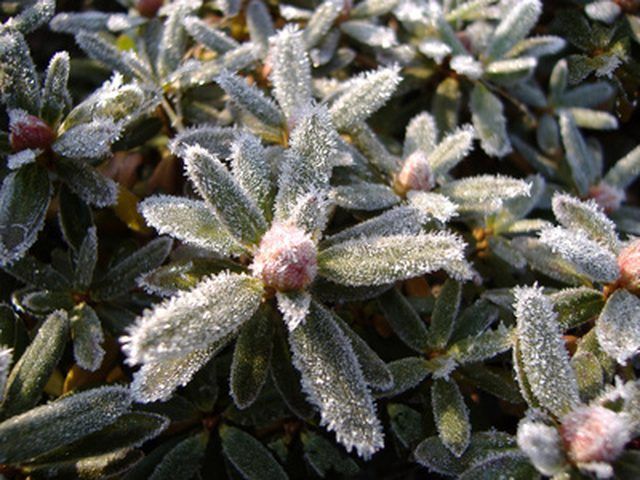Bulbs
Flower Basics
Flower Beds & Specialty Gardens
Flower Garden
Garden Furniture
Garden Gnomes
Garden Seeds
Garden Sheds
Garden Statues
Garden Tools & Supplies
Gardening Basics
Green & Organic
Groundcovers & Vines
Growing Annuals
Growing Basil
Growing Beans
Growing Berries
Growing Blueberries
Growing Cactus
Growing Corn
Growing Cotton
Growing Edibles
Growing Flowers
Growing Garlic
Growing Grapes
Growing Grass
Growing Herbs
Growing Jasmine
Growing Mint
Growing Mushrooms
Orchids
Growing Peanuts
Growing Perennials
Growing Plants
Growing Rosemary
Growing Roses
Growing Strawberries
Growing Sunflowers
Growing Thyme
Growing Tomatoes
Growing Tulips
Growing Vegetables
Herb Basics
Herb Garden
Indoor Growing
Landscaping Basics
Landscaping Patios
Landscaping Plants
Landscaping Shrubs
Landscaping Trees
Landscaping Walks & Pathways
Lawn Basics
Lawn Maintenance
Lawn Mowers
Lawn Ornaments
Lawn Planting
Lawn Tools
Outdoor Growing
Overall Landscape Planning
Pests, Weeds & Problems
Plant Basics
Rock Garden
Rose Garden
Shrubs
Soil
Specialty Gardens
Trees
Vegetable Garden
Yard Maintenance
Why Does Frost Kill Flowers?
Why Does Frost Kill Flowers?. Few things are more disheartening than to see a bunch of pretty buds or gorgeous blooms appear but then be wiped out overnight by a killing frost. Not every frost is capable of killing flowers, but for those that are, because of the frost's effects on the structure of plants, the results can be heartbreaking. A plant's...

Few things are more disheartening than to see a bunch of pretty buds or gorgeous blooms appear but then be wiped out overnight by a killing frost. Not every frost is capable of killing flowers, but for those that are, because of the frost's effects on the structure of plants, the results can be heartbreaking. A plant's characteristics may make it more or less vulnerable to frost damage.
Frost Types
According to Cornell Cooperative Extension, there are two types of frosts: advective and radiation. Advective frosts occur when a cold front moves into an area with winds that are typically gusty. Clouds may form, and a cold layer of air can reach more than a mile high from the ground. Radiation frosts occur during clear skies with little wind. The University of Arizona Department of Horticulture explains that radiant frosts occur when the sun warms the earth's surface during the day, then heat is radiated upward during the night. During calm, clear nights--with no wind to mix the ascending warm air with the descending cold air, and no clouds to radiate heat back to the soil--the result is that cold air is trapped on the ground, while the warm air remains above the cold air.
Damage
Even though you may see white patches of frost on plants, this doesn't automatically mean that the plant is damaged or dead. The internal temperature of the plants makes the difference; damage occurs when temperatures hold at 32 degrees F or lower. According to the Arizona Cooperative Extension, frost damage in plants results from the liquid inside individual cells freezing and forming ice crystals. Like other living forms, plant cells contain water. If, during a frost, water in plant cells freezes, it can damage cell walls because solid ice takes up more space than the liquid from which it was frozen.The crystals then rupture the tough cell walls and, when the ice melts, any liquid drains out, dehydrating the plant. Soil can also freeze, which threatens plants' abilities to get nourishment.

Damage
Frost may damage or kill tender shoots, flowers and dormant flower buds. But the effects from frost vary with plant species, stage of growth, age, general health and water content. According to the Arizona Cooperative Extension, young, actively growing flowers and/or dehydrated plants tend to fare the worst. Also, if a freeze occurs when there has been no prior cold weather to "harden" a plant, the damage will be more extensive.
Plant Selection
The Arizona Cooperative Extensive recommends that to help avoid damaged plants, gardeners select plants that are frost tolerant (such as hardy annuals) and place vulnerable plants in sheltered areas or in western and southern exposures. Also, areas near block walls, rocks and patios collect and reflect the most heat.
Recommended Plant Care
The Arizona Cooperative Extension recommends other steps to prevent frost damage to flowers: Plants should be well-watered; damage from dehydration when cells rupture will be less if the plant is not already drought-stressed. Keep soil loose, dry or covered with mulch, as this prevents rapid heat loss. Keep plants' moisture at an even level. And don't overprotect plants--they are more tolerant to frost if they are hardened to cold weather.